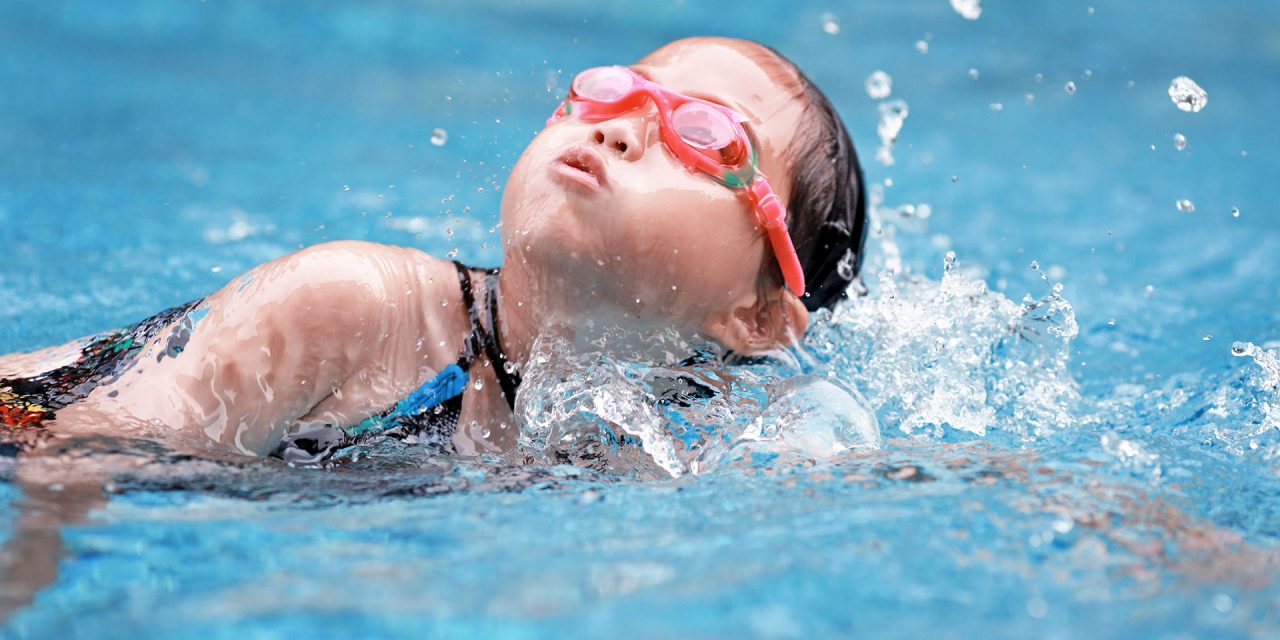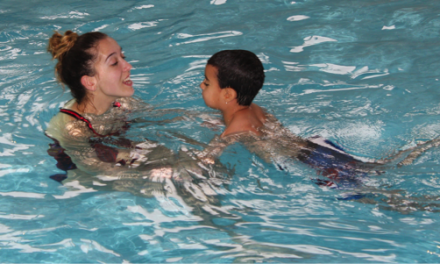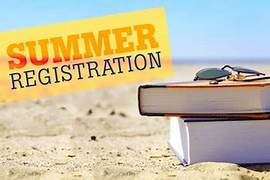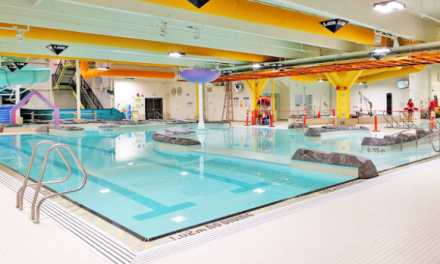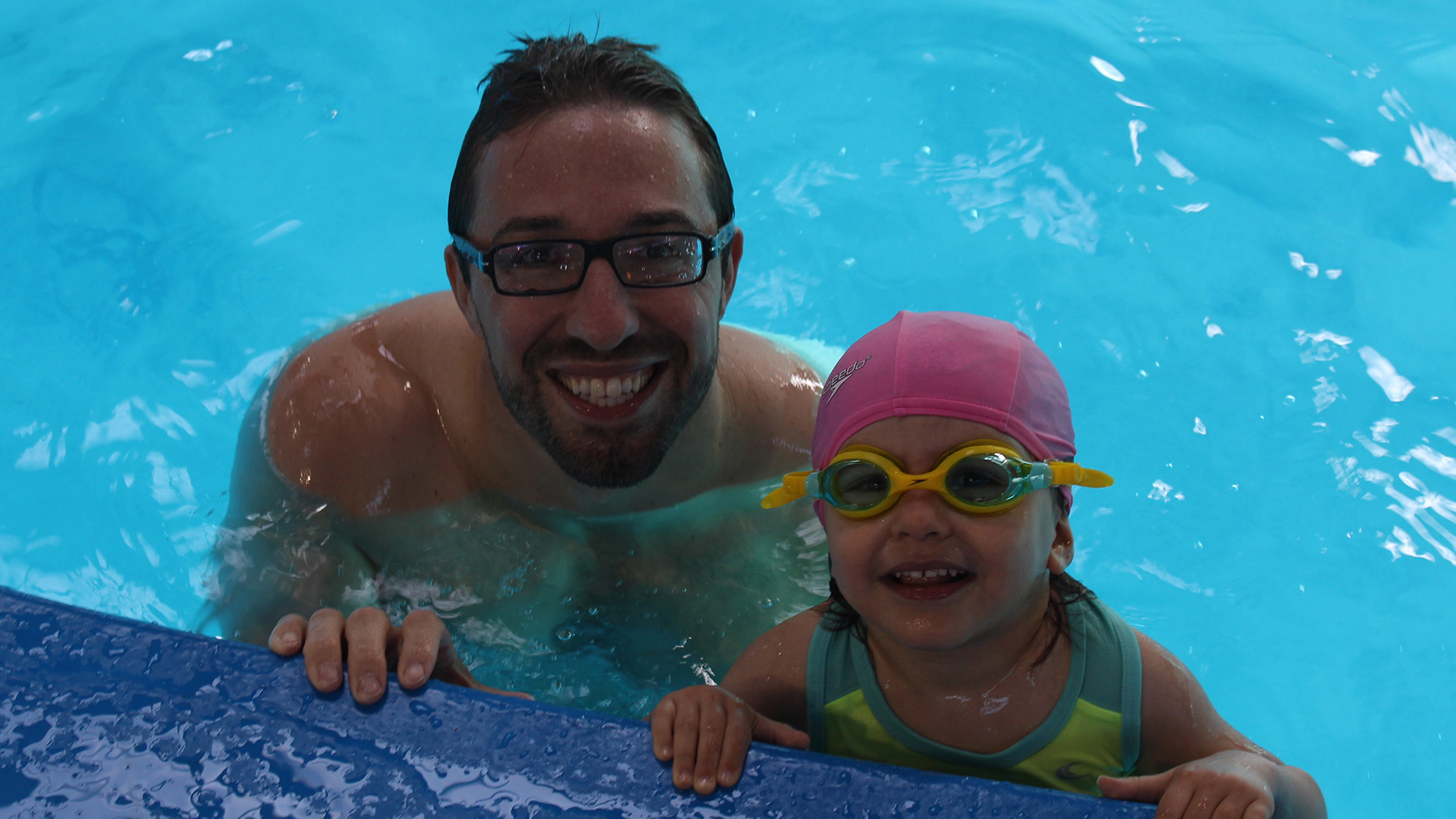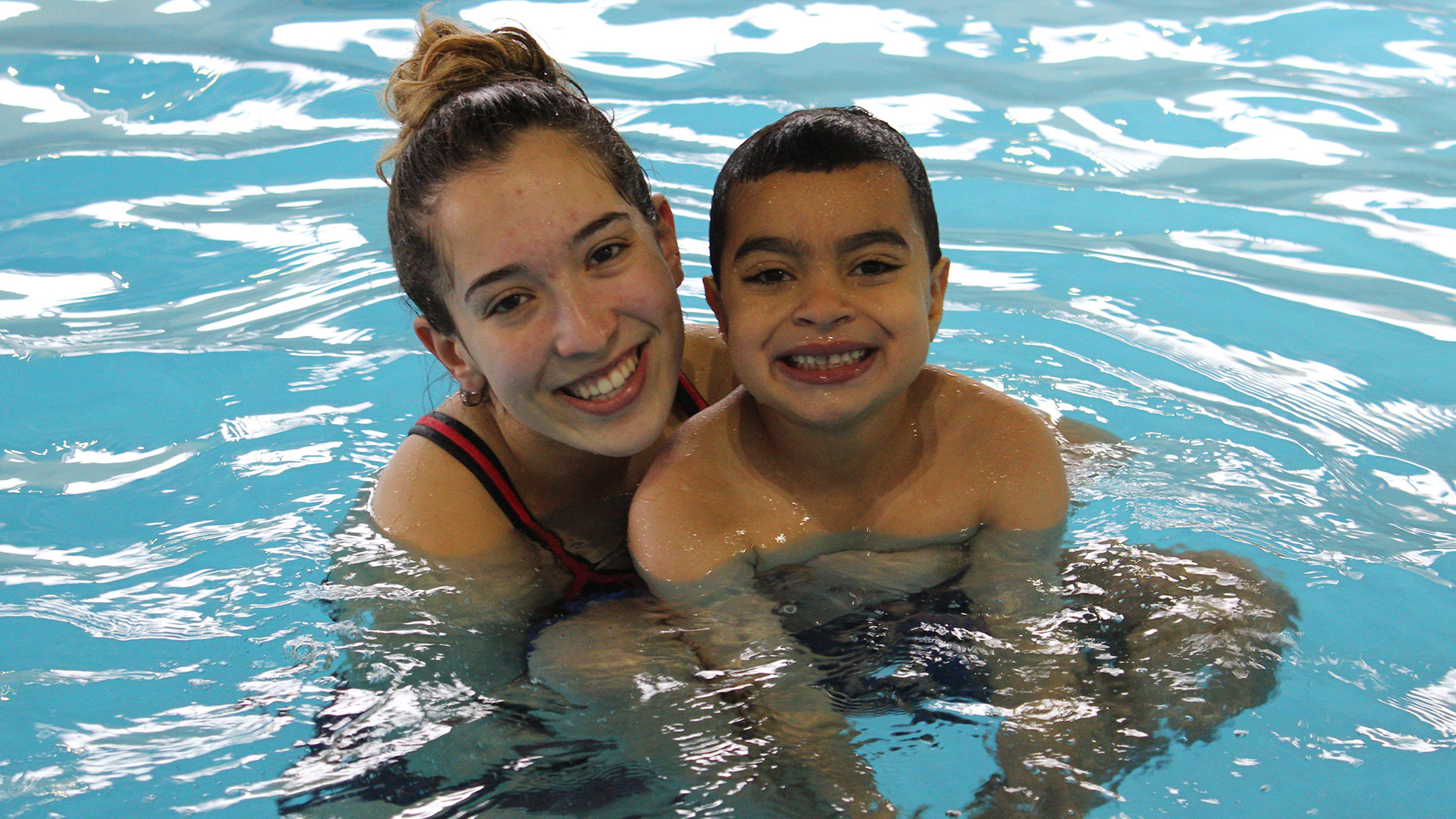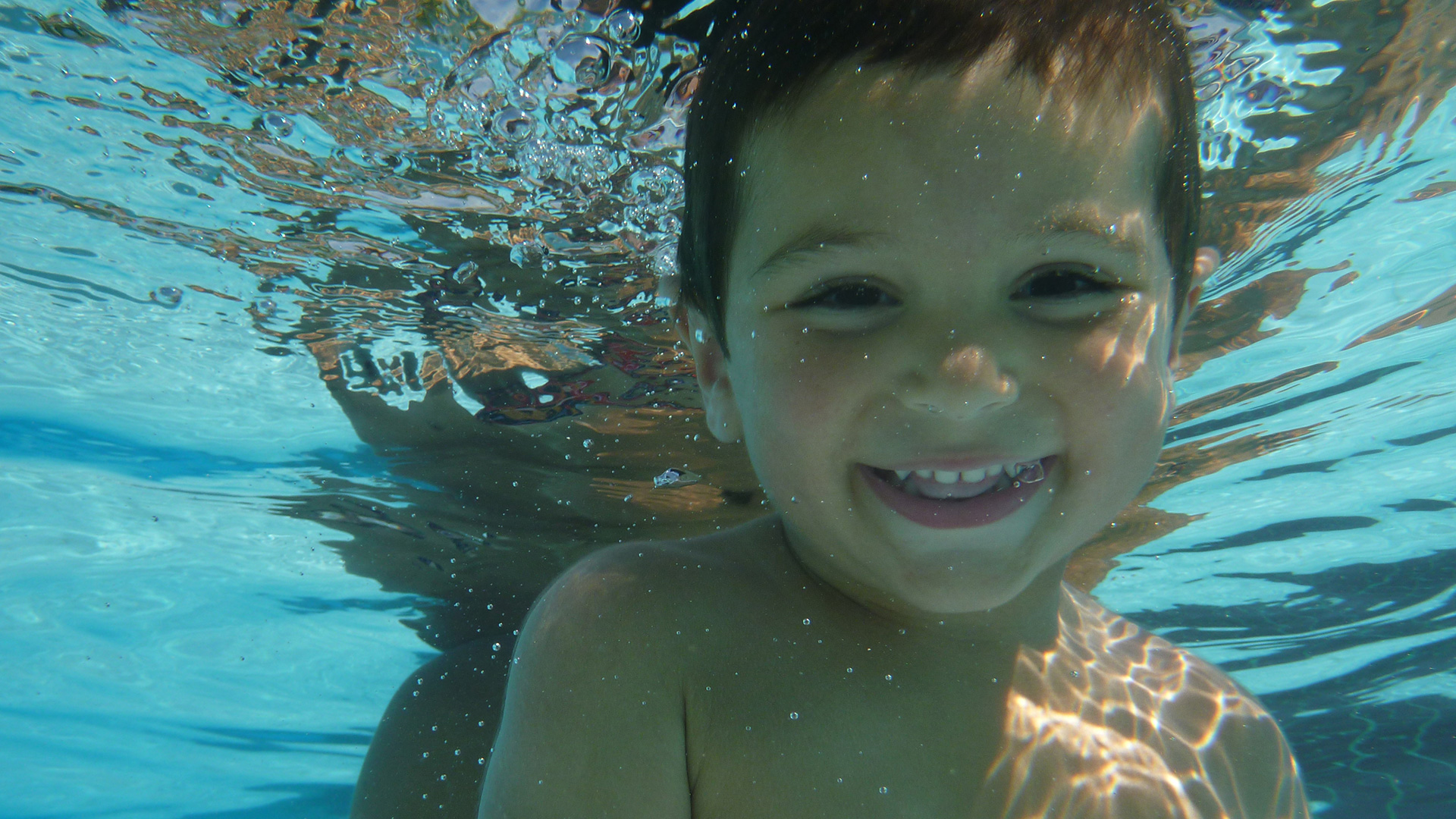Whether you want your child to be a competitive swimmer or not, it’s important to know what the learning curve should be for kids who are enrolled in a swimming lessons program.
Little is done to educate parents and swimmers on the expectations for a swimmers age and skill level. This article will help identify the different stages of development for swimmers and what you can do to make sure that your swimmer is where they are supposed to be.
Stages of Development

Learn to Survive: LIVE
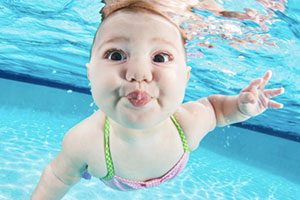 Learning to survive in the water is a process that should be learnt between 6 months and 3 years old. The focus of this stage of development is to essentially take “non-swimmers” and turn them into “swimmers.” These loose terms are meant to describe a specific milestone that the swimmers must achieve. Completing this phase means that the swimmer can successfully enter, exit and cross the pool independently and without the use of an aid. If kids can accomplish this by the time they are only 3 years old, they are doing an AWESOME job! In this stage any basic entry, exit, or methods of crossing the pool are acceptable. What’s important is that the child knows what they must do to GET IN, GET ACROSS, and GET OUT of the water safely on their own.
Learning to survive in the water is a process that should be learnt between 6 months and 3 years old. The focus of this stage of development is to essentially take “non-swimmers” and turn them into “swimmers.” These loose terms are meant to describe a specific milestone that the swimmers must achieve. Completing this phase means that the swimmer can successfully enter, exit and cross the pool independently and without the use of an aid. If kids can accomplish this by the time they are only 3 years old, they are doing an AWESOME job! In this stage any basic entry, exit, or methods of crossing the pool are acceptable. What’s important is that the child knows what they must do to GET IN, GET ACROSS, and GET OUT of the water safely on their own.
While many of us would consider this to be the ultimate goal of swimming lessons, it’s really just the tip of the iceberg when it comes to learning how to swim.
Learn to Swim: LOVE
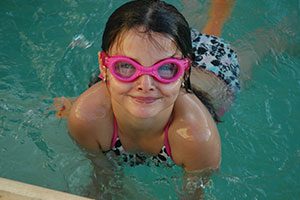 The ‘Learn to Swim’ phase encompasses all of swimming lessons from beginning to end and the first few years of competitive swimming. Even young competitive swimmers have not yet learned all of the basic skills of swimming but continue learning several years into their competitive careers. Although swimmers are eligible to enroll in competitive swimming as early as age 5, the ‘Stages of Development Time Line’ shows how swimmers remain in the ‘Learn to Swim’ phase until age 10.
The ‘Learn to Swim’ phase encompasses all of swimming lessons from beginning to end and the first few years of competitive swimming. Even young competitive swimmers have not yet learned all of the basic skills of swimming but continue learning several years into their competitive careers. Although swimmers are eligible to enroll in competitive swimming as early as age 5, the ‘Stages of Development Time Line’ shows how swimmers remain in the ‘Learn to Swim’ phase until age 10.
The main focus of this phase is to learn the 4 strokes of swimming. The moment a swimmer completes the ‘Learn to Survive’ phase, they must immediately begin learning the basics of the 4 strokes. Many swimming lessons programs do not effectively educate swimmers about the importance of learning ALL 4 strokes. Having been a part of a strong swimming culture throughout my life and working in the sport of swimming for the last 20 years I am still surprised to see that so many Canadians have completed all their levels in swimming and still do not know how to utilize the 4 basic swim strokes.
The truth is that every child should have learned to complete 1 lap ALL 4 strokes of swimming between 5 and 8 years old. With regards to competitive swimming, the youngest age group, ‘8 & unders’ remain in the ‘Learn to Swim’ phase during this time period.
Whether your child is enrolled in swimming lessons or competitive swimming, kids who can accomplish this are doing a TERRIFIC job and are progressing correctly according to the ‘Stages of Development Time Line.’ Private swimming lesson programs in the GTA are a great option for families who are looking to get these results from their kids swimming lessons.
Learn to Train: SWIM
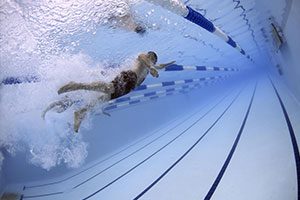 The ‘Learn to Train’ phase is for competitive swimmers between the ages of 10 and 13 who already have some experience in competitive swimming. These are swimmers who are learning to be athletes in swimming as a sport, train several times per week, and race consistently throughout the season.
The ‘Learn to Train’ phase is for competitive swimmers between the ages of 10 and 13 who already have some experience in competitive swimming. These are swimmers who are learning to be athletes in swimming as a sport, train several times per week, and race consistently throughout the season.
Swimming competitively should be encouraged regularly in swimming programs across the country, because swimming is an incredibly challenging and rewarding sport. Swimmers learn accountability, discipline, time management, nutrition, injury prevention, perseverance, determination and most importantly, SELF CONFIDENCE. In the ‘Learn to Train’ phase, swimmers learn to believe in themselves and develop the drive to get the results they want.
Train to Train
The ‘Train to Train’ phase is for athletes competing at a high level. These swimmers are athletes and student athletes who have made swimming a part of their lifestyle. Even in their early to late teenage years, they are still dedicated to swimming several times per week and compete regularly throughout the school year. If your teenager is living this lifestyle, THEY ARE WINNING!
WHAT CAN PARENTS DO TO HELP?
Get them in the water when they are babies.
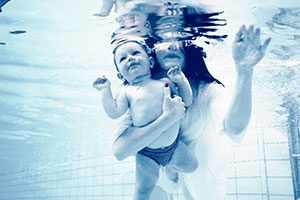 Getting your kids in the water at such a young age will ensure they are swimming on their own between the ages of 2 and 3 years old. All kids, enrolled in the right private swimming lessons program, are able to achieve this goal. Even if you don’t join swimming lessons this early, get in the water with them and play. Getting kids introduced to water as early as possible is the best thing a parent can do.
Getting your kids in the water at such a young age will ensure they are swimming on their own between the ages of 2 and 3 years old. All kids, enrolled in the right private swimming lessons program, are able to achieve this goal. Even if you don’t join swimming lessons this early, get in the water with them and play. Getting kids introduced to water as early as possible is the best thing a parent can do.
Private swimming lessons is key.
Private, 1-on-1, swimming lesson programs for babies, infants and children are available and easily accessible for families living in the GTA. Canada Swim School has several locations to choose from Hamilton, Burlington and Mississauga, all the way to Ajax and Oshawa. The ‘CSS Way’ learning method teaches swimmers according to the ‘Stages of Development Time Line.
Consider this: Kids enrolled in private swimming lessons learn to swim 5 times faster than those enrolled in group lessons.
Keep them on the right track.
Every private lesson I teach and every swim team practice I coach has the exact same message. From 6 months old to 16 years old, our swimmers learn that the person that they are and the person they want to be is the one who works the hardest and tries their best every day. They also learn that their own effort is what gets them results and that YES, THEY CAN DO IT!
But coaches can’t effectively and lastingly pass this message without the help of the parents. Encourage your kids, get behind their accomplishments and teach them to challenge themselves constantly to reach their goals. If we are ALL passing this message, there is no telling what kids can accomplish.
SEE YOU AT THE POOL!


